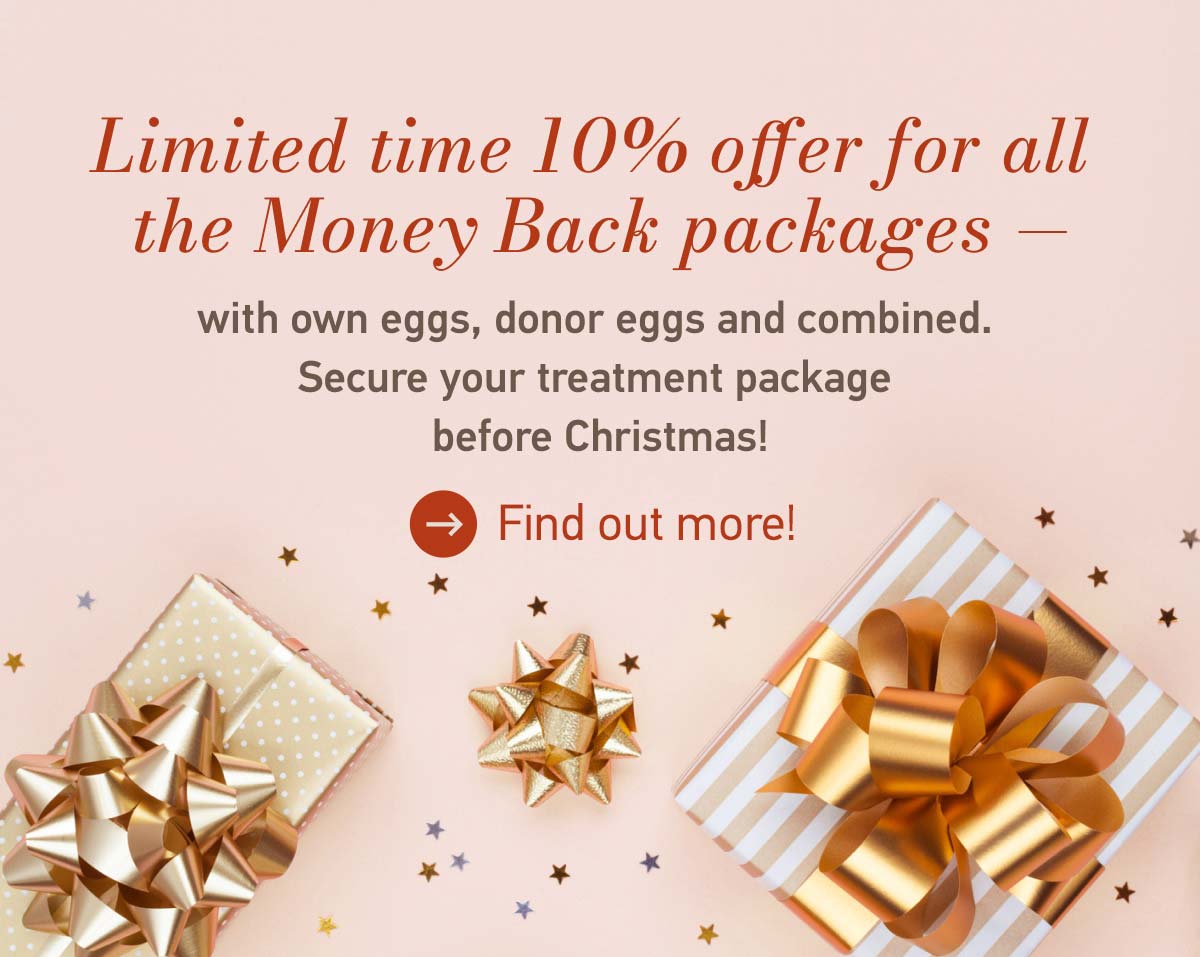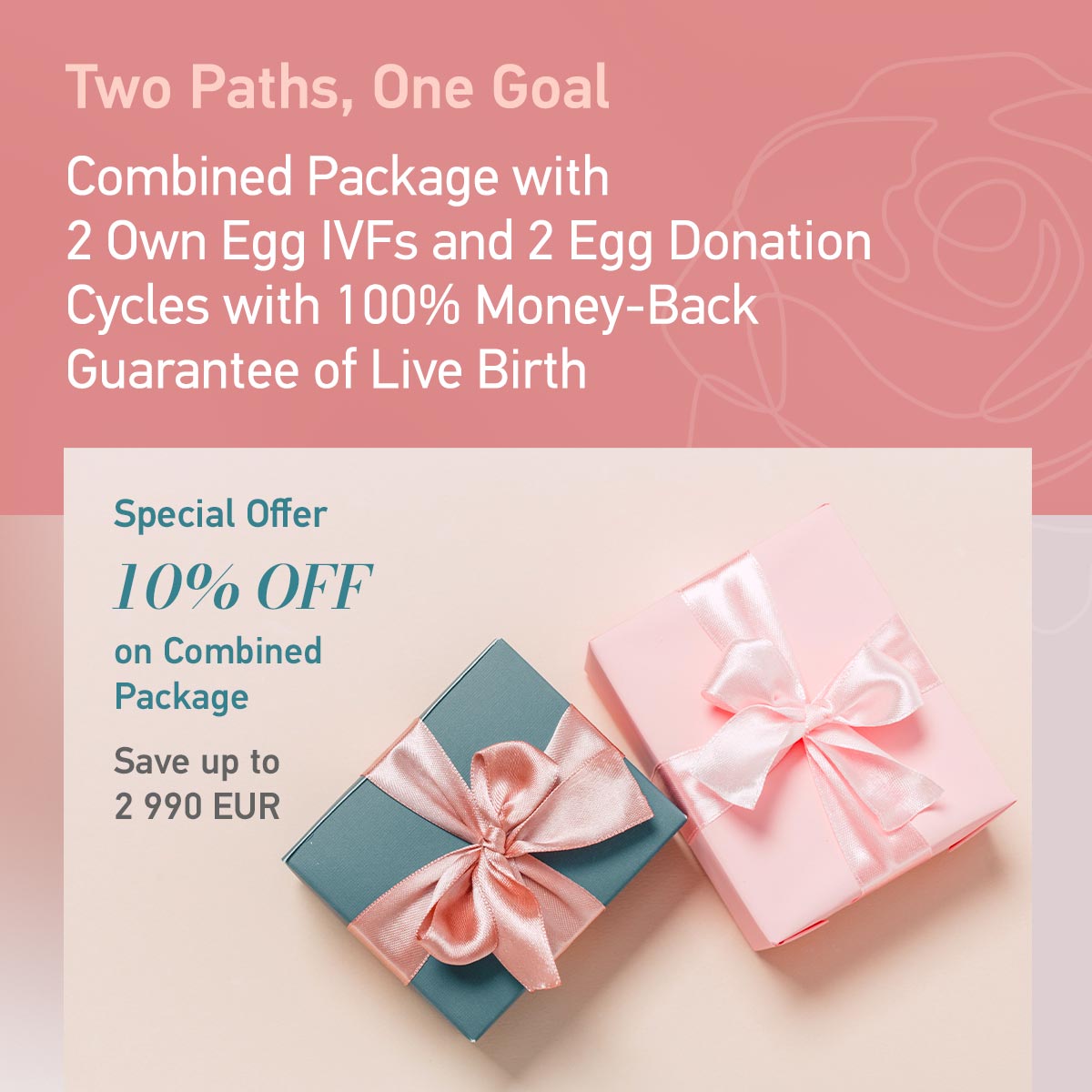
Dr. Alena was the first doctor who believed that Marit and Paul could get a baby using their own eggs and own sperm even after 9 unsuccessful IVF attempts in Norway.
Dr. Alena analyzed their journals and created a successful strategy for Martin and Paul. This strategy resulted in a baby Freya.
 Dr. Alena explains the medical process that helped Marit and Paul to get their sweet baby girl using their own eggs and own sperm after 11 unsuccessful IF attempts:
Dr. Alena explains the medical process that helped Marit and Paul to get their sweet baby girl using their own eggs and own sperm after 11 unsuccessful IF attempts:
"We have been in contact with Marit and Paul since 2020 during the Pandemic. In 2021 after having already 9 unsuccessful IF attempts in Norway Marit and Paul started treatment at O.L.G.A. Fertility Clinic St. Petersburg After studying their medical papers, I saw that there were potential ways to optimize the next IF treatment and that not all the methods and treatments had been applied yet to achieve successful pregnancy. I saw the way to getting a baby using own eggs and own sperm.
Marit had more than one reason why she had no baby yet, and I suggested that we should focus on solving one important task before we move on to another, one step at a time.
First task was to create competent blastocysts, check them with PGT-A for 23 chromosome pairs. The chance of live birth per transfer of such blastocyst is 50% — one out of two transfers results in a baby.
In May 2021 we created two chromosomally normal blastocysts.
The next task was to prepare the uterus in the best possible way so that the VIP embryo is transferred into the most welcoming environment.
We performed a hysteroscopy and found and removed an endometrial polyp, performed in-depth testing of endometrium and a complex treatment afterwards.
Another task was to make sure we were going to transfer the embryo in the uterus in the right timing. So, we repeated the ERA-test after the endometrium treatment in a hormonal cycle completely mimicking the future embryo transfer cycle.
Then we made the first embryo transfer with the chromosomally normal blastocyst and achieved a clinical pregnancy that lasted up to 12 weeks. Sadly, Marit got a severe respiratory infection at week 12 and lost her pregnancy. It was a tragedy for all of us, but we learned from there that we could get that far and we tried to focus on the future.
The next frozen embryo transfer took place in March 2022, but, unfortunately, resulted in a negative pregnancy test.
It took two egg retrievals to find the next chromosomally normal blastocyst, but we made it! At the same time we revealed the laboratory signs of a chronic viral infection activation. In our experience this condition may reduce the chances for a successful pregnancy through dysregulation of the immune system and potentially direct pathological action of the viruses to the embryo. Another factor that was found — a significant imbalance of microflora in the uterus.
So, we focused on correction of uterus microflora and on treatment against viral infection while preparing Marit to the embryo transfer and that tactic has worked — the embryo transferred in January 2023 became a lovely little girl Freya born in September 2023!
I believe several milestones played the crucial role in Marit's treatment process:
- Usage of only chromosomally normal embryos (by PGT-A) embryos at the blastocyst stage;
- Removal of the endometrium polyp in the hysteroscopy;
- In-depth laboratory testing for immunology, virology, bacteriology;
- Complex anti-inflammatory, immune, anti-bacterial and antiviral treatment prior to embryo transfer;
- Planning the embryo transfer within the optimal timing discovered by ERA-test.
- Individualized supportive measures after the embryo transfer to keep the pregnancy and help it to continue up to week 12 and further."
Please watch the record of our Instalive with Marit, Paul and Dr. Olga →
Please read the full story of Marit and Pur here →
We are also here for you to discuss your personal situations in free of charge on-line zoom meetings – please contact us to book an appointment.

























Comments are closed.